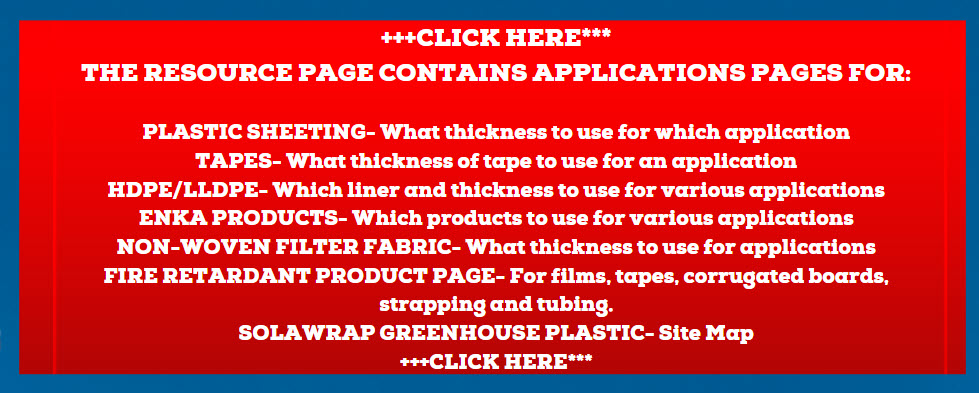What is Permeance?
Permeance is a measure of how easily water vapor can pass through a material, and it is critical to understand for a vapor barrier because it determines how much moisture the barrier will allow to pass through.
What is Class I, II, oerIII?
- The International Residential Code (IRC) defines vapor retarders as Class I, II or III based on how permeable they are to water vapor, the lower the permeability – the less water vapor that will pass through the vapor retarder.
- Class I – Very low permeability vapor retarders – rated at 0.1 perms or less. Sheet polyethylene (visqueen) or unperforated aluminum foil (FSK) are Class I vapor retarders.
- Class II – Low permeability vapor retarders – rated greater than 0.1 perms and less than or equal to 1.0 perms. The kraft facing on batts qualify as a Class II vapor retarder.
- Class III – Medium permeability vapor retarders – rated greater than 1.0 perms and less than or equal to 10 perms. Latex or enamel paint qualify as Class III vapor retarders.
- Griffolyn® Type-55 FR is a Class A vapor retarder. It is a fire-retardant vapor retarder made of polyethylene laminates. It has a permeance of 0.003 perms, which is very low.
- Griffolyn® TX-1200 FR is a Class 1, Class A flame spread rating per UBC-42 and ASTM E-84. It is a fire-retardant vapor retarder made of polyethylene laminates. It has a permeance of 0.005 perms, which is still very low.
- Griffolyn® Type-90 FR is a Class B vapor retarder. It is a fire-retardant vapor retarder made of polyethylene laminates. It has a permeance of 0.01 perms, which is low.
- Griffolyn® Vapor Barrier is a Class I vapor retarder. It is made of polyethylene laminates. It has a permeance of 0.002 perms, which is very low.
- Griffolyn® Heavy Duty Vapor Barrier is a Class I vapor retarder. It is made of polyethylene laminates. It has a permeance of 0.001 perms, which is extremely low.
The class of a vapor barrier is determined by its permeance. The lower the permeance, the more restrictive the vapor barrier is to moisture transmission. Class A vapor barriers are the most restrictive, followed by Class B and Class C.
- Poly Scrim 6: 0.058 grains/hr-ft2-in Hg (3.2 ng/(Pa-s-m2))
- Poly Scrim 8: 0.048 grains/hr-ft2-in Hg (2.6 ng/(Pa-s-m2))
- Poly Scrim 10: 0.038 grains/hr-ft2-in Hg (2.1 ng/(Pa-s-m2))
- Poly Scrim 12: 0.032 grains/hr-ft2-in Hg (1.8 ng/(Pa-s-m2))
- Poly Scrim 14: 0.024 grains/hr-ft2-in Hg (1.3 ng/(Pa-s-m2))
- Poly Scrim 16: 0.019 grains/hr-ft2-in Hg (1.1 ng/(Pa-s-m2))
- Poly Scrim 18: 0.016 grains/hr-ft2-in Hg (0.9 ng/(Pa-s-m2))
- Poly Scrim 20: 0.013 grains/hr-ft2-in Hg (0.7 ng/(Pa-s-m2))
What is a vapor barrier AKA vapor retarder?
A vapor barrier is a material that is used to prevent the passage of water vapor through a building assembly. The permeance of a vapor barrier is important because it determines how much moisture the barrier will allow to pass through. A vapor barrier with a low permeance will allow less moisture to pass through than a vapor barrier with a high permeance.
The permeance of a vapor barrier is measured in perms. A perm is a unit of measure that is equal to the amount of water vapor that will pass through one square foot of material in one hour when there is a one-inch water vapor pressure difference between the two sides of the material.
The type of vapor barrier that is used in a building assembly depends on the climate and the materials that are being used. In a humid climate, a vapor barrier with a low permeance is used to prevent moisture from building up inside the building. In a dry climate, a vapor barrier with a higher permeance may be used to allow moisture to escape from the building.
It is important to understand the permeance of a vapor barrier when choosing the right one for a particular application. By understanding the permeance of a vapor barrier, you can help to ensure that the barrier will effectively control the moisture in the building assembly





